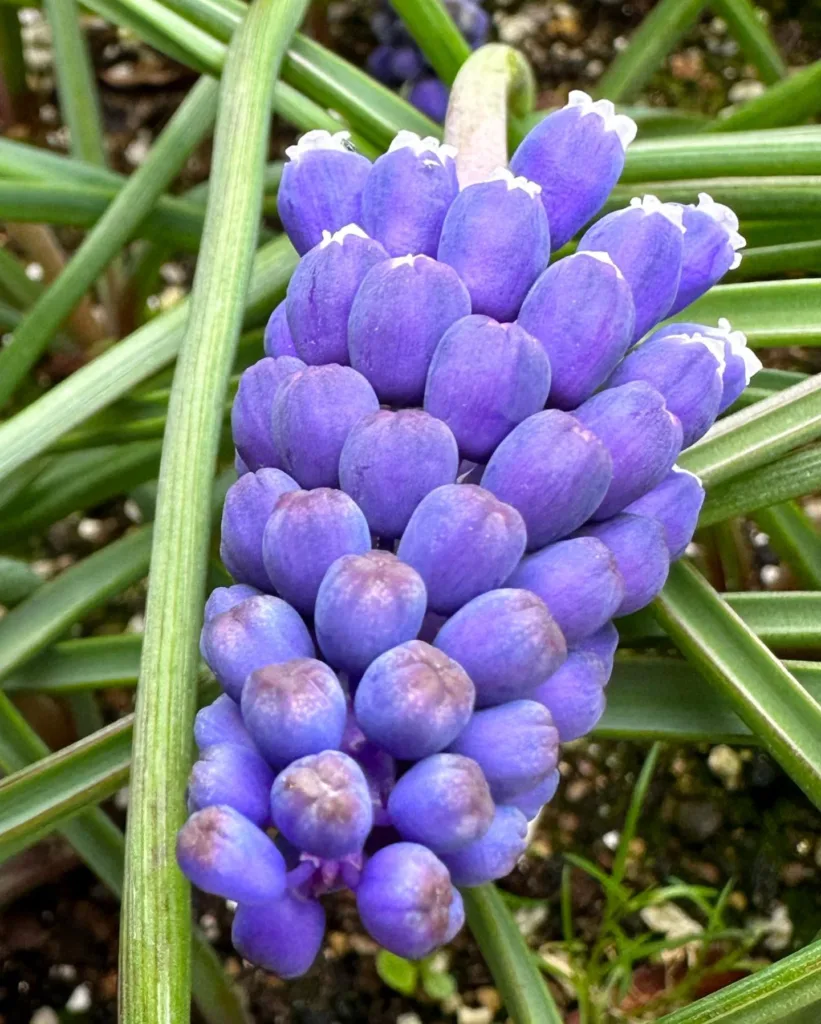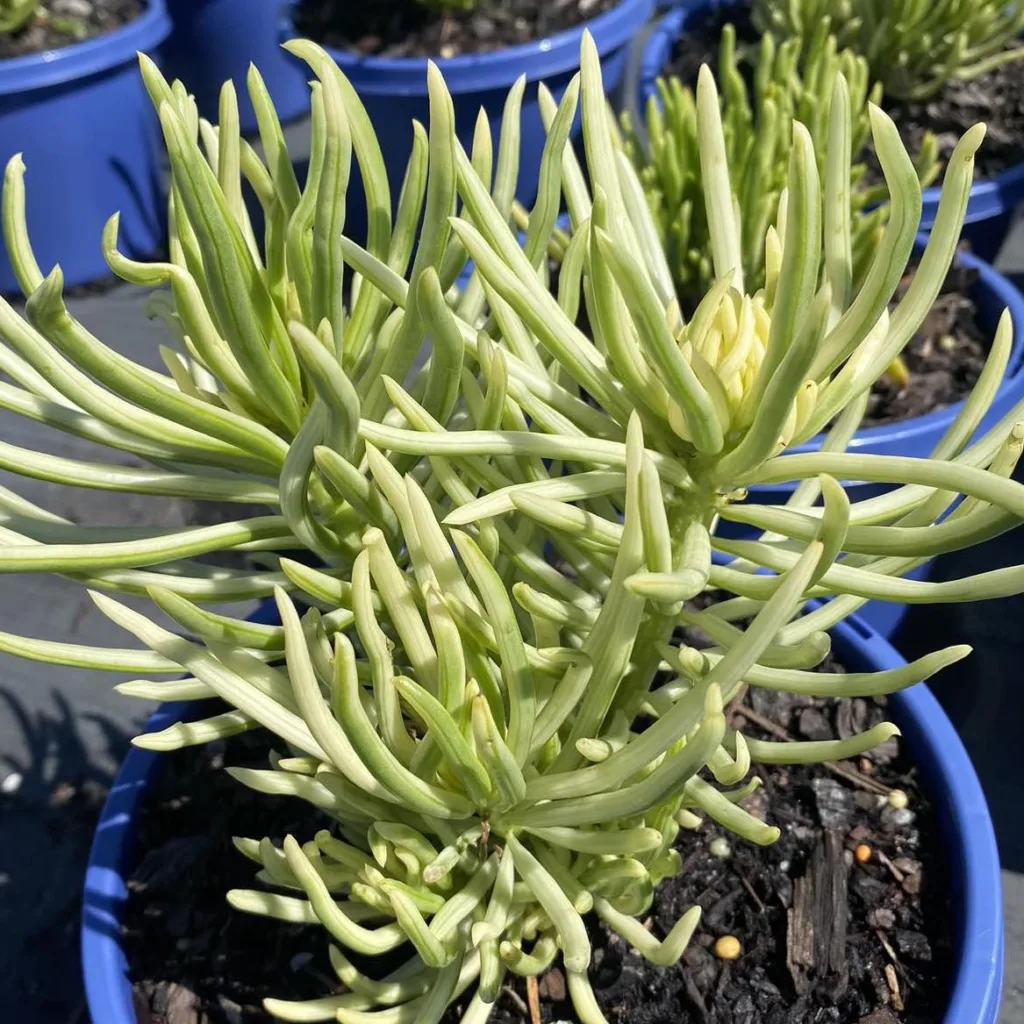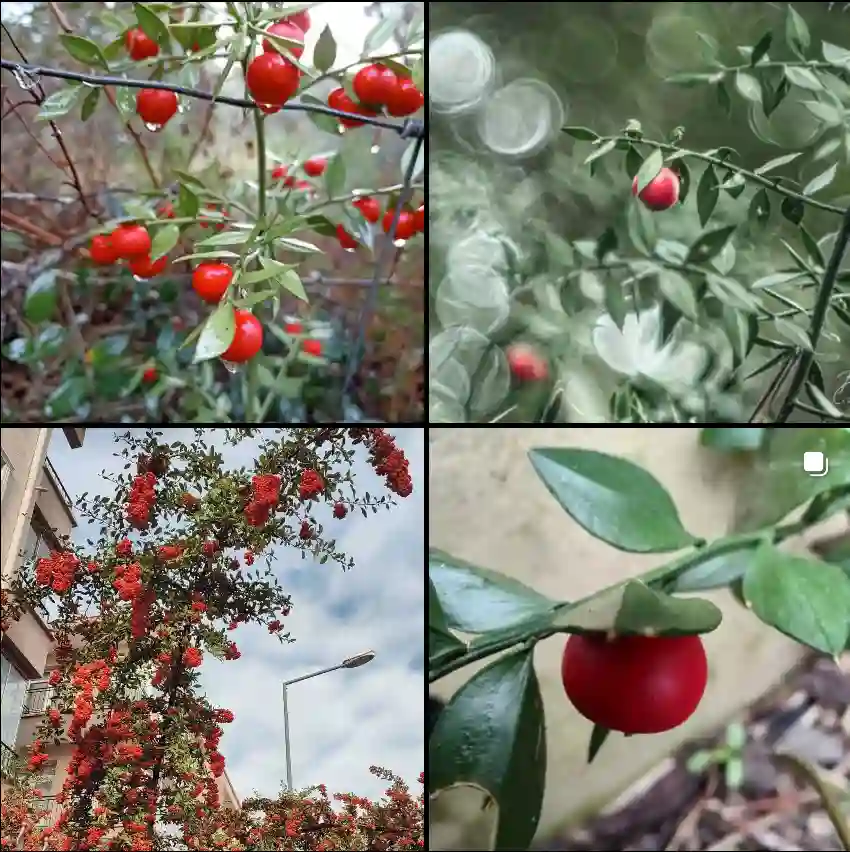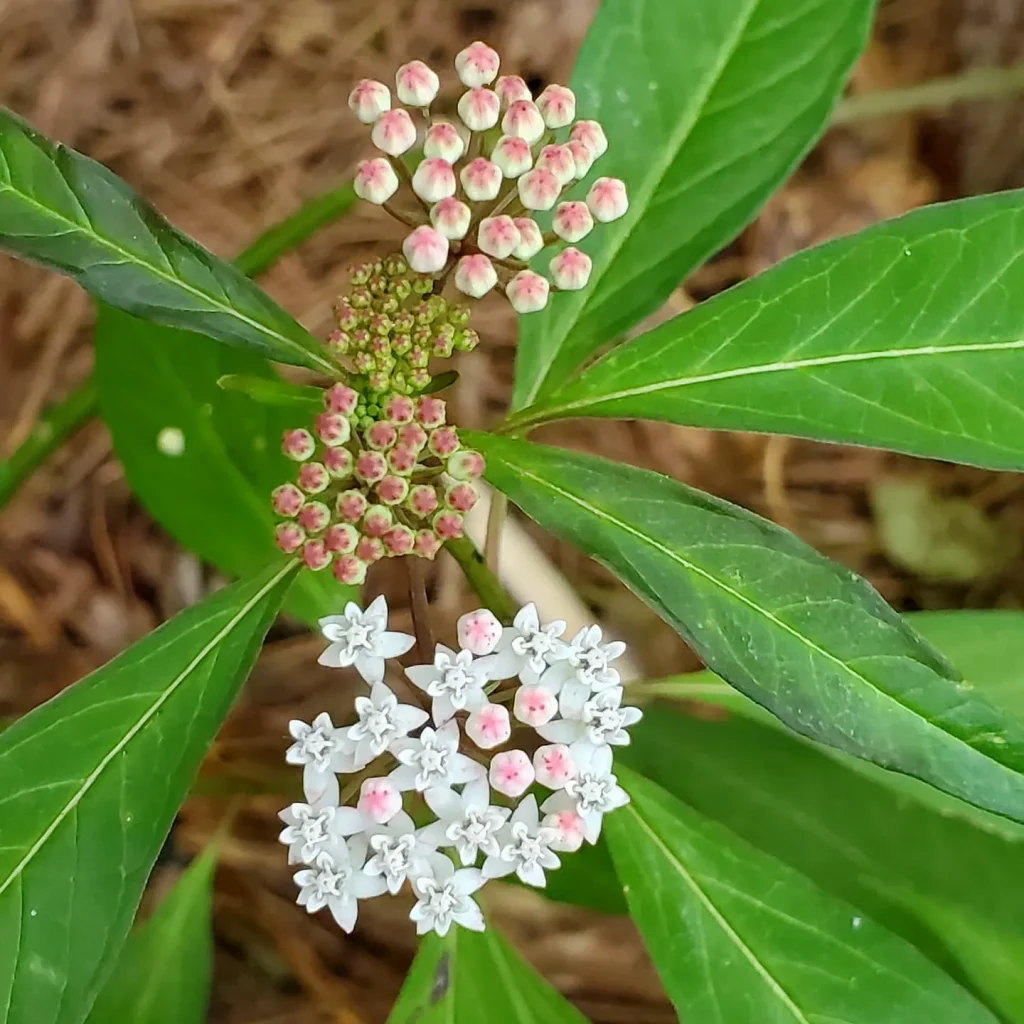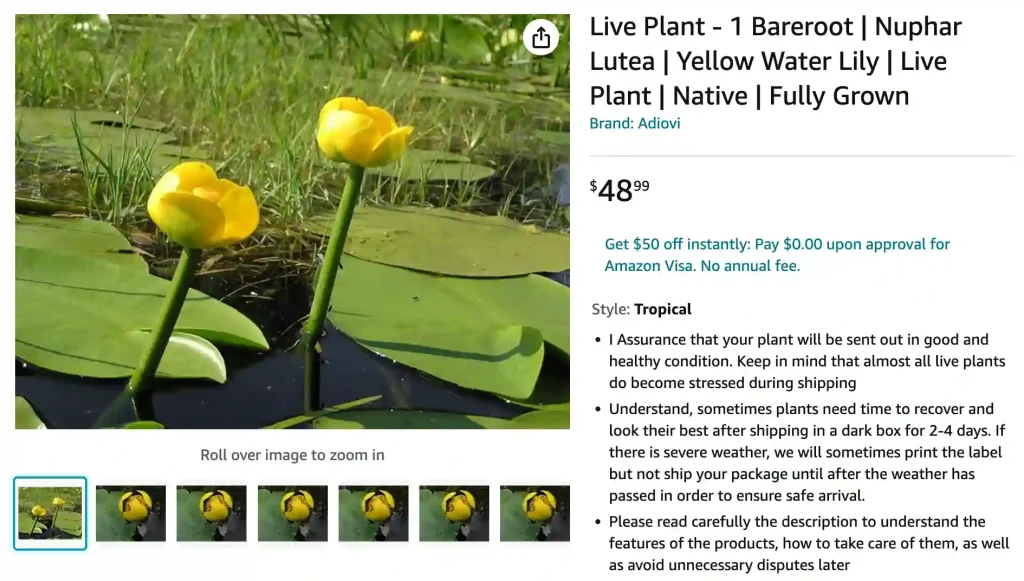
FAQs About Nuphar Lutea: Everything You Need to Know
Nuphar Lutea, also known as the Yellow Water Lily, is a fascinating aquatic plant with a lot to offer. From its planting requirements to its benefits and care, here’s a comprehensive guide based on my experiences and observations.
What Is Nuphar Lutea?
Nuphar Lutea, commonly referred to as the Yellow Water Lily or Spatterdock, belong to the Nymphaeaceae family, is a perennial aquatic plant native to Europe and North America. Its large, round leaves float on the water’s surface, while its striking yellow flowers bloom in the summer. This plant is often found in ponds, lakes, and slow-moving rivers.
Plant Family: 5 Genera in Nymphaeaceae
How to Plant Nuphar Lutea?
Planting Nuphar Lutea is a straightforward process if you follow a few key steps. First, choose a location with full sun to partial shade. The plant thrives in shallow water, so aim for a depth of 6 to 18 inches.
- Container Planting: Use a large, sturdy container with drainage holes. Fill it with a heavy loam or aquatic soil. Place the rhizome of Nuphar Lutea in the container, ensuring it is buried just below the surface.
- Direct Planting: In a pond or natural water body, plant the rhizome directly into the soil at the bottom of the pond. Make sure it’s positioned where it can receive adequate sunlight and is not too deep.
- Water Level: Maintain a water level of 6 to 18 inches above the soil for optimal growth. The water helps support the plant and keeps the rhizome submerged.
How to Care for Nuphar Lutea?
Caring for Nuphar Lutea involves a few essential tasks:
- Water Quality: Ensure the water is clean and free from pollutants. Regularly check for algae and remove any that may hinder growth.
- Fertilization: During the growing season, you can fertilize the plant with aquatic plant food. Follow the instructions on the fertilizer package to avoid overfeeding.
- Pruning: Remove dead or decaying leaves and flowers to keep the plant healthy. This helps prevent disease and promotes better blooming.
- Winter Care: In colder climates, you might need to provide some protection. Nuphar Lutea is hardy, but in freezing temperatures, ensure the pond doesn’t freeze solid.
How to Propagate Nuphar Lutea?
Propagating Nuphar Lutea is relatively simple:
- Rhizome Division: In early spring, you can divide the rhizomes. Carefully separate them and replant each section in its own container or designated pond area.
- Seeds: Although less common, you can propagate by seeds. Collect seeds in the fall, store them in a cool, dry place, and sow them in water after the last frost.
Nuphar Lutea vs Yellow Lotus
Nuphar Lutea and the Yellow Lotus (Nelumbo nucifera) are often confused due to their similar appearance. Here’s a comparison based on my observations:
- Flower Shape: Nuphar Lutea has rounded, cup-shaped flowers, while the Yellow Lotus features larger, more open blossoms with a distinct structure.
- Leaf Structure: Nuphar Lutea leaves are round and flat, floating on the water’s surface. The Yellow Lotus has larger, more rounded leaves with a unique central notch.
- Growth Habit: Nuphar Lutea generally forms a dense mat of leaves and flowers, whereas the Yellow Lotus can grow taller with a more upright habit.
What to Plant With Nuphar Lutea?
Pairing Nuphar Lutea with complementary aquatic plants can enhance your pond’s aesthetics and health. Consider adding:
- Water Lilies: Their contrasting colors and shapes provide visual interest.
- Submerged Plants: Plants like Anacharis or Hornwort help maintain water quality and provide oxygen.
- Marginal Plants: Plants such as Iris or Cattails offer vertical interest and help stabilize the pond’s edges.
Can You Grow Nuphar Lutea Indoors?
Growing Nuphar Lutea indoors is challenging due to its need for a natural aquatic environment. It requires a large, sunny space with a suitable water feature. While technically possible with the right setup, it’s generally more successful outdoors.
Is Nuphar Lutea Toxic?
Nuphar Lutea is not considered toxic. However, as with any plant, it’s best to avoid ingestion. Pets and small children should be monitored around aquatic plants to prevent any potential issues.
Benefits of Nuphar Lutea
Nuphar Lutea offers several benefits:
- Aesthetic Appeal: Its vibrant yellow flowers and lush foliage add beauty to any water garden.
- Wildlife Habitat: The plant provides shelter and food for aquatic wildlife, including fish and insects.
- Water Filtration: Nuphar Lutea helps improve water quality by absorbing excess nutrients and providing shade.
Common Problems with Nuphar Lutea
Some common issues include:
- Algae Growth: Excess nutrients in the water can lead to algae blooms. Regular maintenance and water quality checks can help prevent this.
- Pest Infestation: Keep an eye out for pests like aphids or snails, which can affect plant health. Use appropriate treatments if necessary.
Nuphar Lutea is a captivating addition to any aquatic garden. By understanding its planting, care, and maintenance needs, you can enjoy the beauty and benefits of this remarkable plant.
If i die, water my plants!
